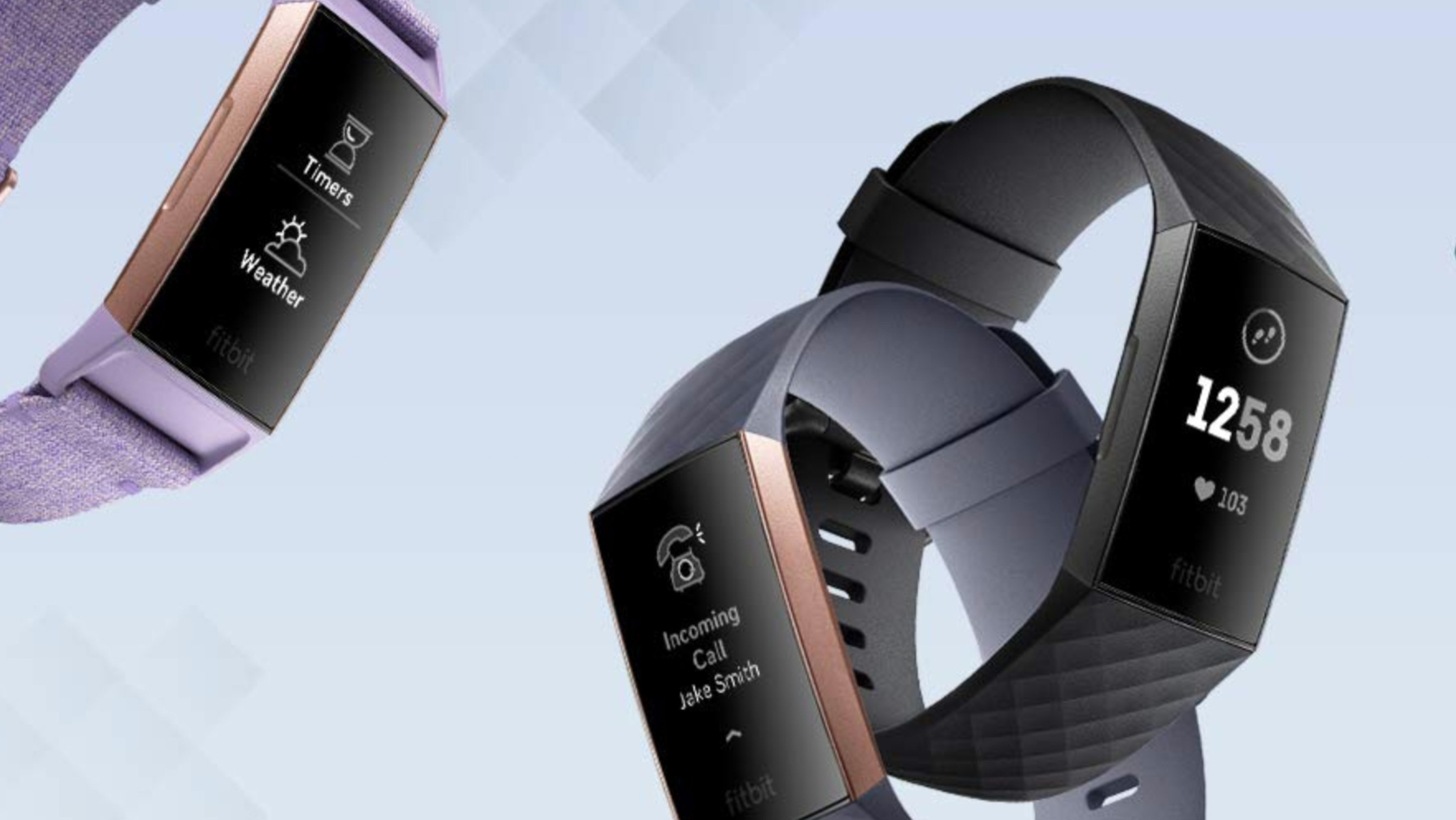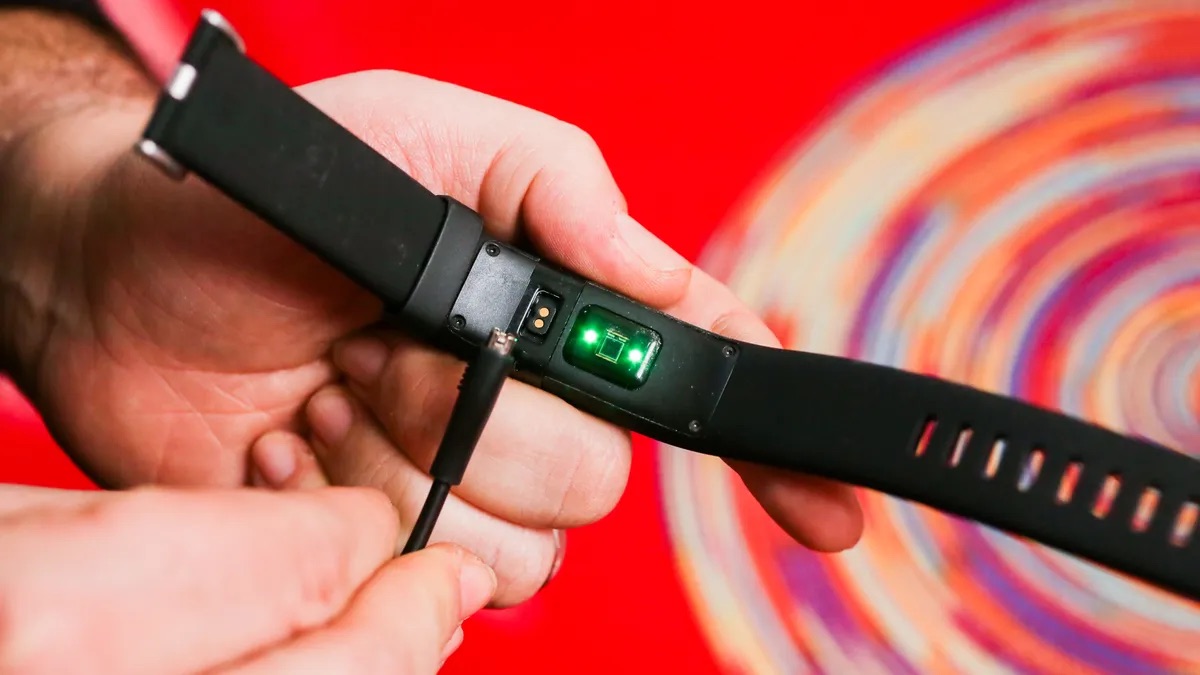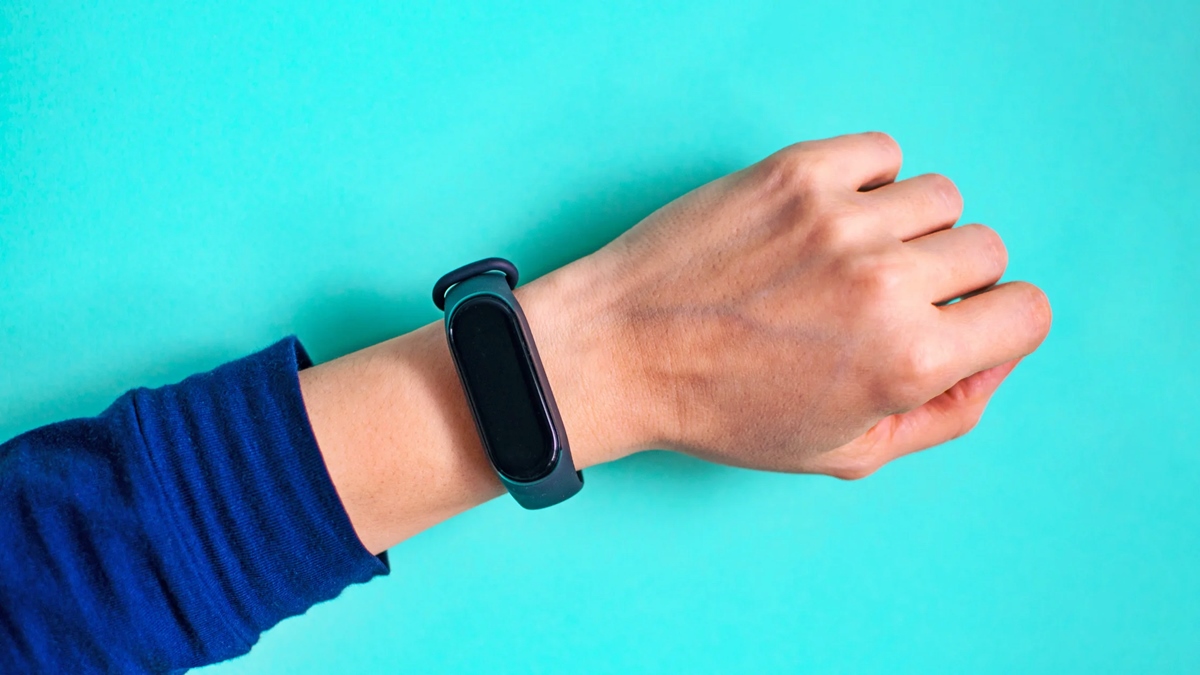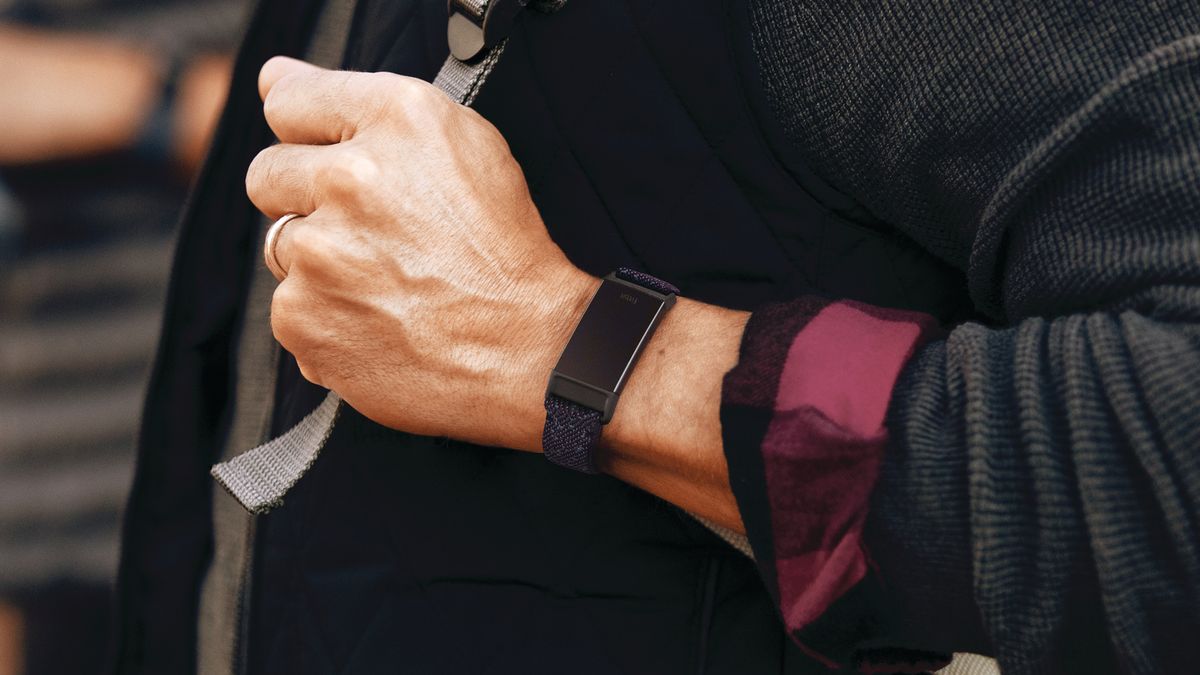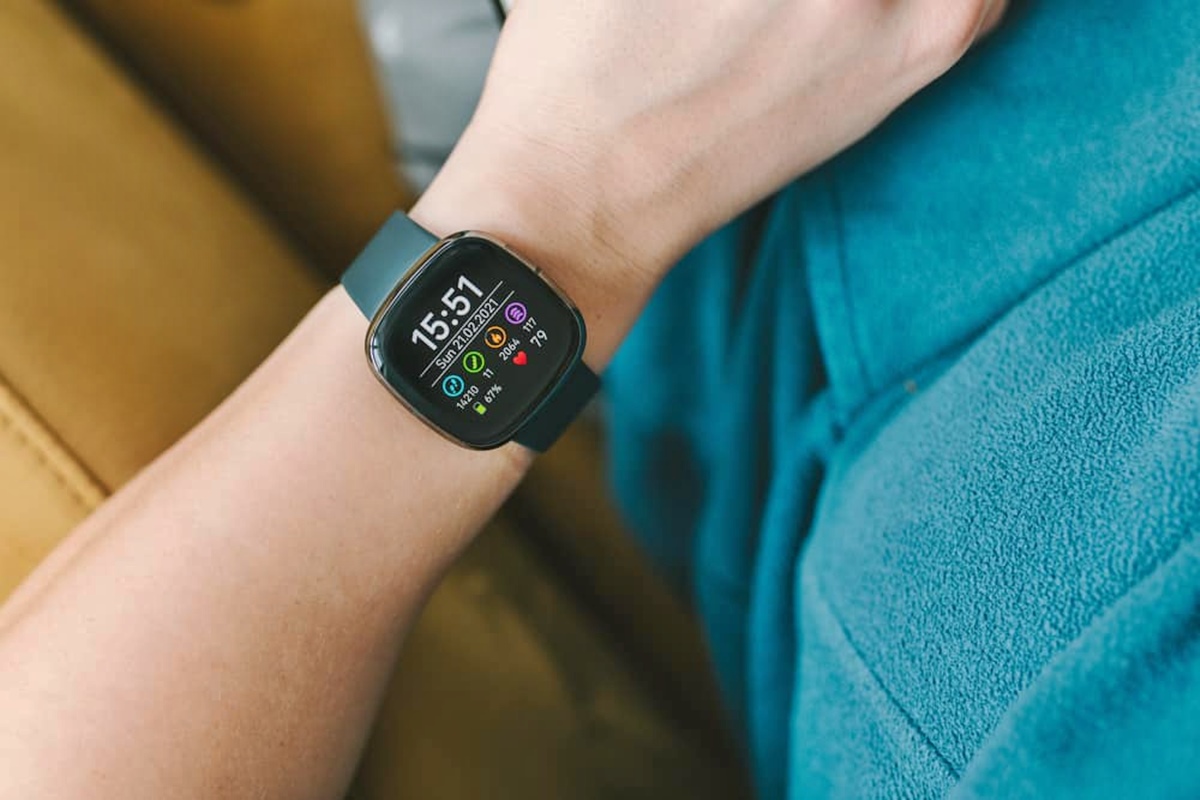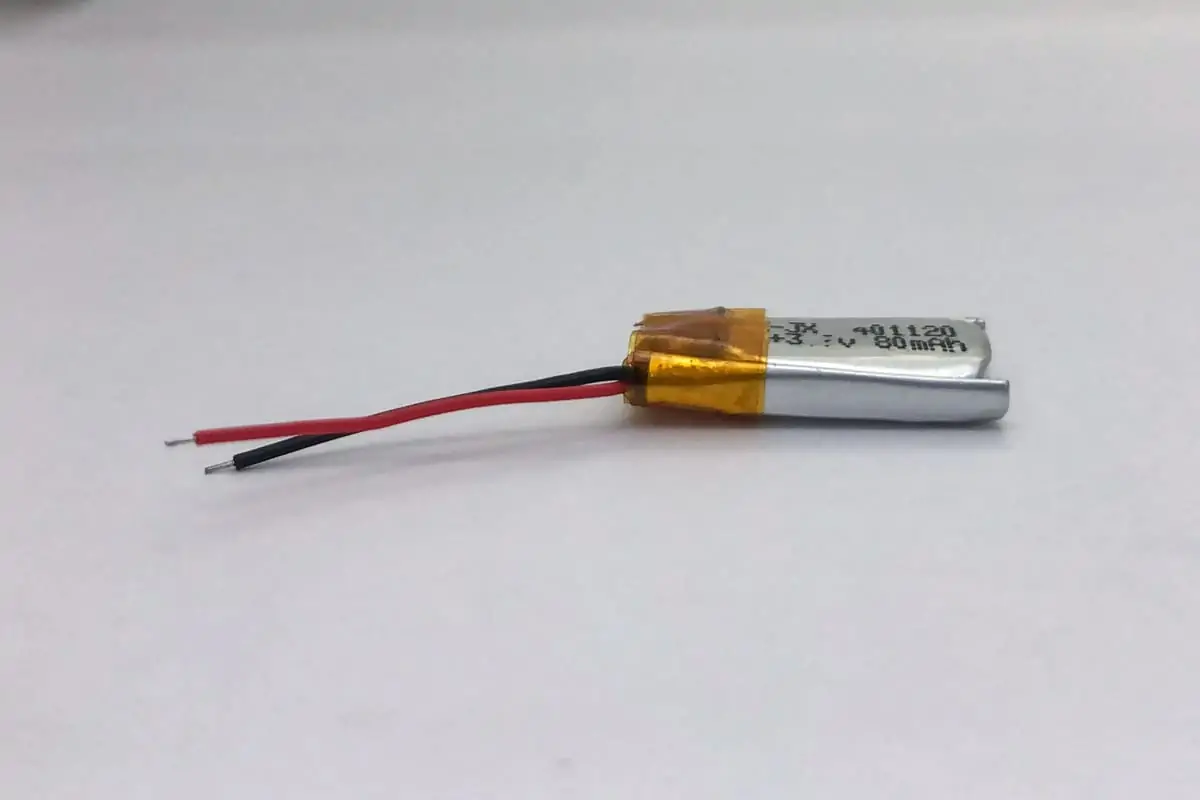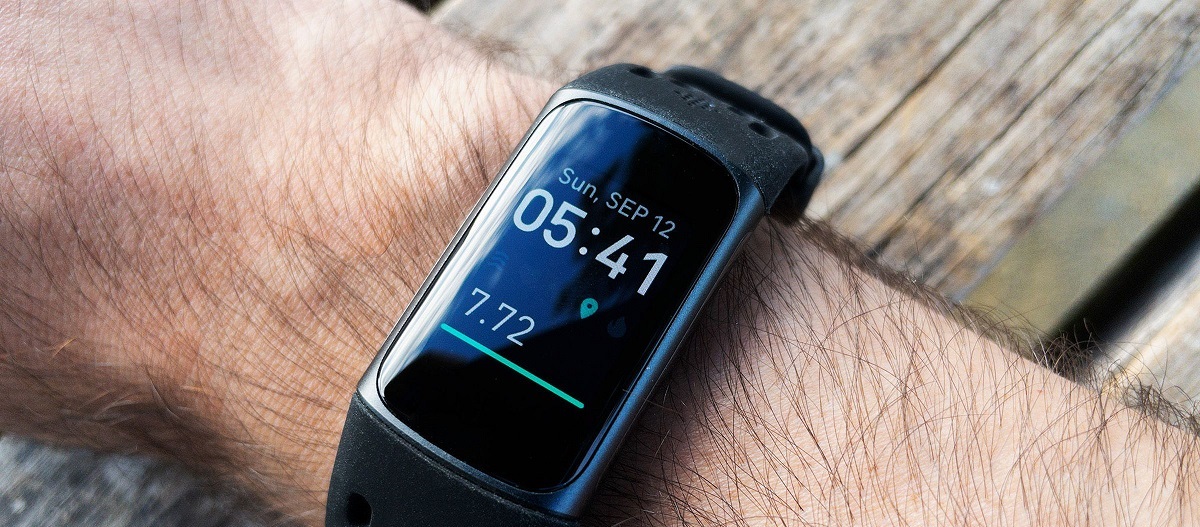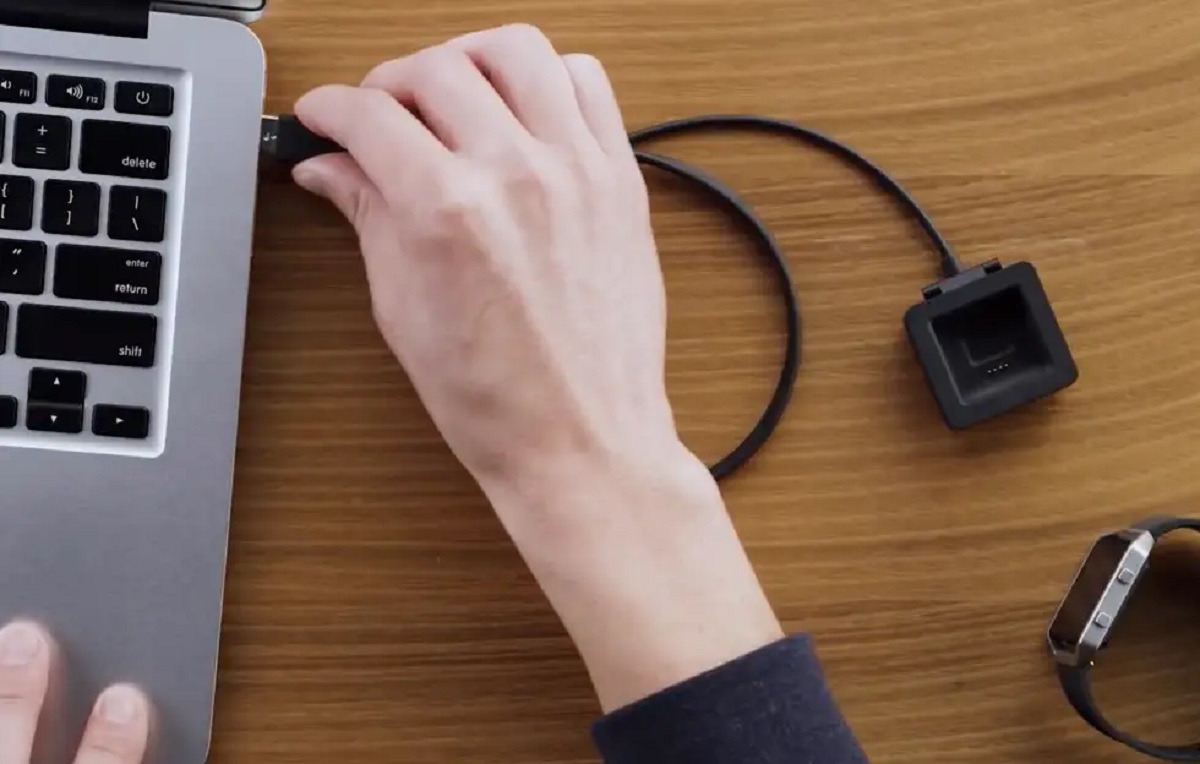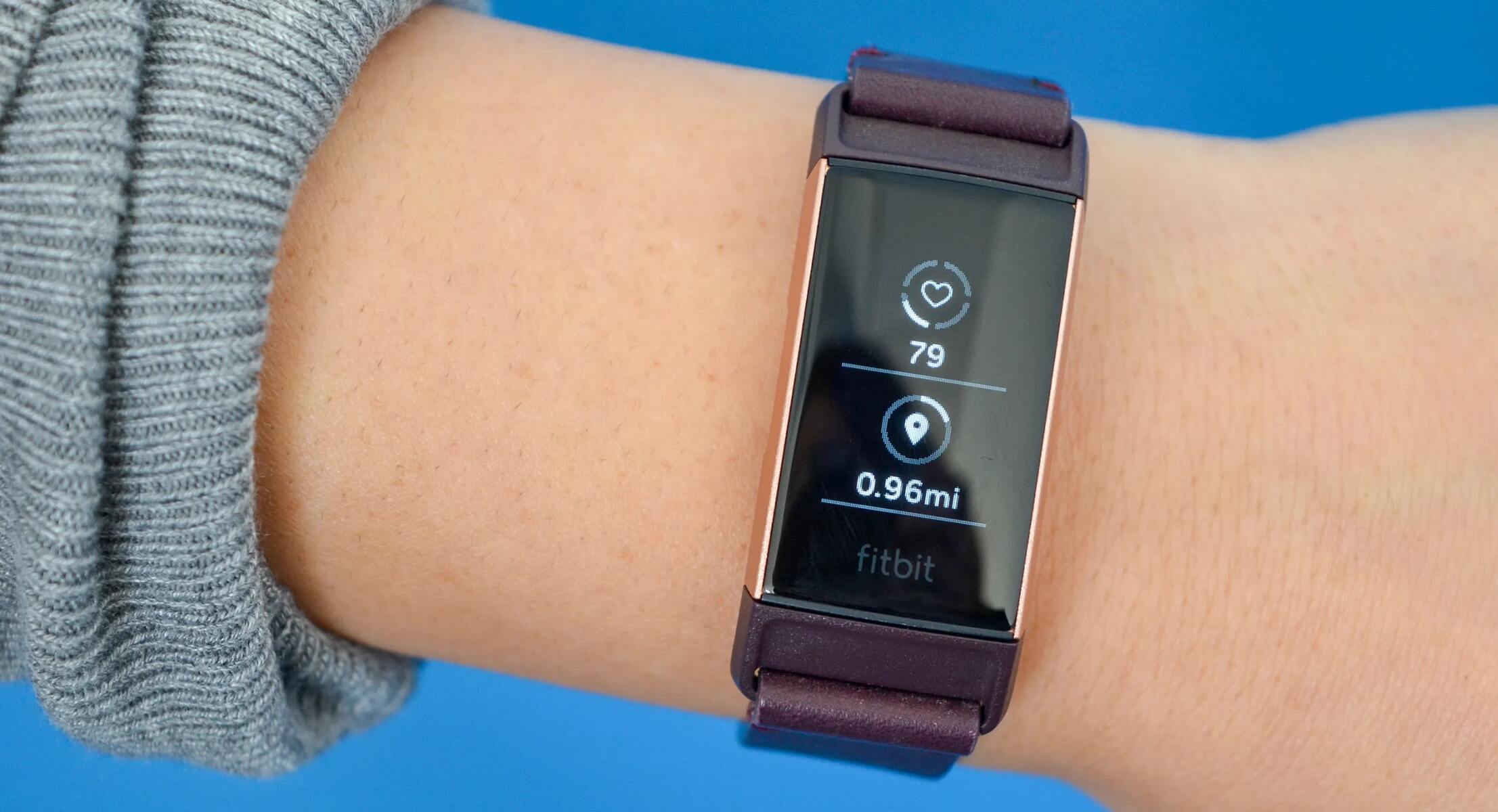Introduction
When it comes to tracking your fitness goals and monitoring your daily activity, wearable devices such as Fitbit have become indispensable companions. These nifty gadgets offer a seamless way to keep tabs on your steps, heart rate, sleep patterns, and overall wellness. However, one crucial aspect that often garners attention is the syncing speed – the time it takes for your Fitbit to transfer data to your smartphone or computer. Understanding the factors influencing syncing speed and learning how to estimate the time required for this process can significantly enhance the overall user experience.
In this comprehensive guide, we will delve into the intricacies of syncing speed, shedding light on the various factors that can impact the time it takes for your Fitbit to sync. Moreover, we will explore practical tips to expedite the syncing process, ensuring that you can effortlessly access and analyze your health and activity data without undue delay.
Join us as we embark on a journey to demystify syncing speed and equip you with the knowledge to optimize the performance of your Fitbit device. Whether you're a seasoned Fitbit user or considering integrating wearable technology into your lifestyle, understanding the nuances of syncing speed is paramount to harnessing the full potential of these innovative devices. So, let's unravel the mysteries behind syncing speed and empower you to make the most of your Fitbit experience.
Factors Affecting Syncing Speed
The syncing speed of your Fitbit device can be influenced by a multitude of factors, each playing a pivotal role in determining the time it takes for data transfer. Understanding these factors is essential to gain insights into the intricacies of syncing speed and optimize the performance of your Fitbit. Let's delve into the key elements that can impact syncing speed:
-
Data Volume: The amount of data that needs to be synced from your Fitbit to your smartphone or computer is a primary determinant of syncing speed. Larger data sets, such as detailed heart rate readings, sleep patterns, and exercise logs, can prolong the syncing process.
-
Device Model and Generation: Different Fitbit models and their respective generations may exhibit variations in syncing speed. Newer models equipped with advanced hardware and software components tend to offer faster syncing capabilities compared to older versions.
-
Wireless Connectivity: The strength and stability of the wireless connection between your Fitbit and the syncing device play a crucial role in determining syncing speed. Poor Wi-Fi or Bluetooth connectivity can lead to delays in data transfer.
-
Software Updates: The software running on your Fitbit device and the companion app on your smartphone or computer can significantly impact syncing speed. Outdated software versions may lead to inefficiencies in data synchronization.
-
Background Processes: Concurrent background processes running on your syncing device, such as app updates, downloads, or system scans, can consume bandwidth and processing power, potentially affecting the syncing speed of your Fitbit.
-
Battery Level: The battery level of your Fitbit can influence syncing speed. Low battery levels may prompt the device to conserve power, potentially slowing down the syncing process to minimize energy consumption.
-
Server Load: The load on Fitbit's servers at the time of syncing can also impact speed. High server loads due to peak usage times or system maintenance may lead to slower syncing speeds.
By being cognizant of these factors, you can gain a deeper understanding of the variables at play when it comes to syncing speed. This awareness empowers you to take proactive measures to optimize syncing performance and ensure a seamless experience when transferring data from your Fitbit to your preferred devices.
Estimating Syncing Time
Estimating the time required for your Fitbit device to sync data is a pivotal aspect of managing your daily routine and optimizing the efficiency of your fitness tracking. While syncing time can vary based on several factors, understanding how to estimate this duration can provide valuable insights into planning your activities and leveraging the data from your Fitbit. Here's a comprehensive look at the key considerations when estimating syncing time:
Data Volume and Complexity
The volume and complexity of the data to be synced play a crucial role in determining the syncing time. For instance, syncing basic activity data, such as step counts and basic sleep metrics, may require minimal time. However, if you're transferring detailed heart rate readings, exercise logs, and intricate sleep patterns, the syncing process may take longer due to the larger data sets involved.
Wireless Connectivity
The strength and stability of the wireless connection between your Fitbit and the syncing device directly impact syncing time. A robust Wi-Fi or Bluetooth connection can expedite the syncing process, while unstable or weak connections may lead to delays. Factors such as distance from the syncing device, potential signal interference, and network congestion can also influence syncing time.
Device Model and Generation
The model and generation of your Fitbit device can influence syncing time. Newer models equipped with advanced hardware and optimized syncing protocols may offer faster data transfer speeds compared to older versions. Additionally, the efficiency of the syncing process may be enhanced by the presence of upgraded components and improved wireless connectivity features in newer Fitbit models.
Software Updates and Background Processes
Ensuring that both your Fitbit device and the companion app on your syncing device are running the latest software versions is essential to optimize syncing time. Outdated software may introduce inefficiencies, potentially prolonging the syncing process. Moreover, minimizing concurrent background processes on your syncing device, such as heavy app downloads or system updates, can help allocate more resources to the syncing operation, potentially expediting the process.
Battery Level
The battery level of your Fitbit can impact syncing time, especially if the device is conserving power due to low battery levels. Ensuring that your Fitbit is adequately charged before initiating the syncing process can help maintain optimal performance and minimize potential delays in data transfer.
By considering these factors and their potential impact on syncing time, you can develop a clearer understanding of the variables at play and make informed decisions regarding when to initiate the syncing process. This insight enables you to effectively integrate the syncing routine into your daily activities, ensuring that you can seamlessly access and analyze your Fitbit data without undue delays.
Tips for Faster Syncing
Enhancing the syncing speed of your Fitbit device can significantly streamline the process of transferring data and accessing vital health and activity information. By implementing the following tips, you can optimize the syncing performance and ensure a seamless experience when interacting with your Fitbit:
-
Optimize Wireless Connectivity: Ensure that your Fitbit device and the syncing device, such as your smartphone or computer, are within close proximity during the syncing process. Additionally, minimizing potential sources of signal interference and optimizing Wi-Fi or Bluetooth connectivity can contribute to faster data transfer speeds.
-
Keep Software Updated: Regularly check for software updates for both your Fitbit device and the companion app on your syncing device. Installing the latest firmware and app versions can introduce performance enhancements and optimizations, potentially expediting the syncing process.
-
Manage Data Volume: Consider syncing your Fitbit device at opportune moments, especially after periods of intensive activity tracking. This approach can help manage the volume of data to be synced, potentially reducing the time required for the process.
-
Monitor Battery Levels: Maintaining adequate battery levels on your Fitbit device is essential for optimizing syncing speed. Regularly charging your Fitbit ensures that the device can operate at peak performance during the syncing process, minimizing potential delays due to low battery levels.
-
Minimize Background Processes: Before initiating the syncing process, close unnecessary apps and background processes on your syncing device. This practice can allocate more resources to the syncing operation, potentially expediting data transfer speeds.
-
Sync During Low Server Load: If possible, aim to sync your Fitbit device during periods of low server load. This can be particularly beneficial during off-peak hours, potentially leading to faster syncing speeds as the server experiences reduced traffic.
-
Reboot Devices: Occasionally restarting both your Fitbit device and the syncing device can help clear temporary system issues and optimize performance, potentially leading to faster syncing speeds.
By incorporating these tips into your syncing routine, you can proactively enhance the performance of your Fitbit device, ensuring that the syncing process is efficient and seamless. Ultimately, leveraging these strategies empowers you to effortlessly access and analyze your health and activity data without experiencing undue delays in the syncing process.
Conclusion
In conclusion, the syncing speed of your Fitbit device plays a crucial role in ensuring a seamless and efficient experience when transferring data to your smartphone or computer. By exploring the factors that influence syncing speed and understanding how to estimate the time required for this process, you gain valuable insights into optimizing the performance of your Fitbit device. Moreover, the practical tips for expediting syncing speed empower you to seamlessly integrate the syncing routine into your daily activities, ensuring that you can effortlessly access and analyze your health and activity data without undue delays.
As technology continues to evolve, Fitbit and other wearable devices are poised to become even more integrated into our daily lives, serving as invaluable tools for monitoring and enhancing our well-being. The ability to swiftly sync data from these devices not only streamlines the process of tracking our fitness and health metrics but also provides us with actionable insights to make informed decisions about our lifestyle and wellness goals.
It's essential to recognize that while syncing speed can be influenced by various external factors, the proactive measures outlined in this guide offer a practical approach to optimizing the performance of your Fitbit device. By optimizing wireless connectivity, keeping software updated, managing data volume, monitoring battery levels, minimizing background processes, syncing during low server load, and occasionally rebooting devices, you can significantly enhance the efficiency of the syncing process.
Ultimately, by harnessing the knowledge and strategies presented in this guide, you are empowered to make the most of your Fitbit experience. Whether you're striving to achieve fitness milestones, monitor your sleep patterns, or track your overall well-being, the ability to seamlessly sync and access your data ensures that you remain informed and motivated on your journey toward a healthier lifestyle.
With syncing speed no longer posing a hurdle, you can confidently embrace the myriad benefits of wearable technology, leveraging the insights and data provided by your Fitbit to make informed decisions and propel yourself toward a healthier, more active, and balanced lifestyle.
In essence, the journey to optimize syncing speed is a testament to our commitment to harnessing the full potential of technology to enhance our well-being. As we continue to embrace the advancements in wearable devices, the seamless syncing of data serves as a gateway to a more connected, informed, and empowered approach to health and fitness.
By implementing the insights and strategies outlined in this guide, you are not only enhancing the performance of your Fitbit device but also embracing a holistic approach to well-being that is seamlessly integrated into your daily life.







